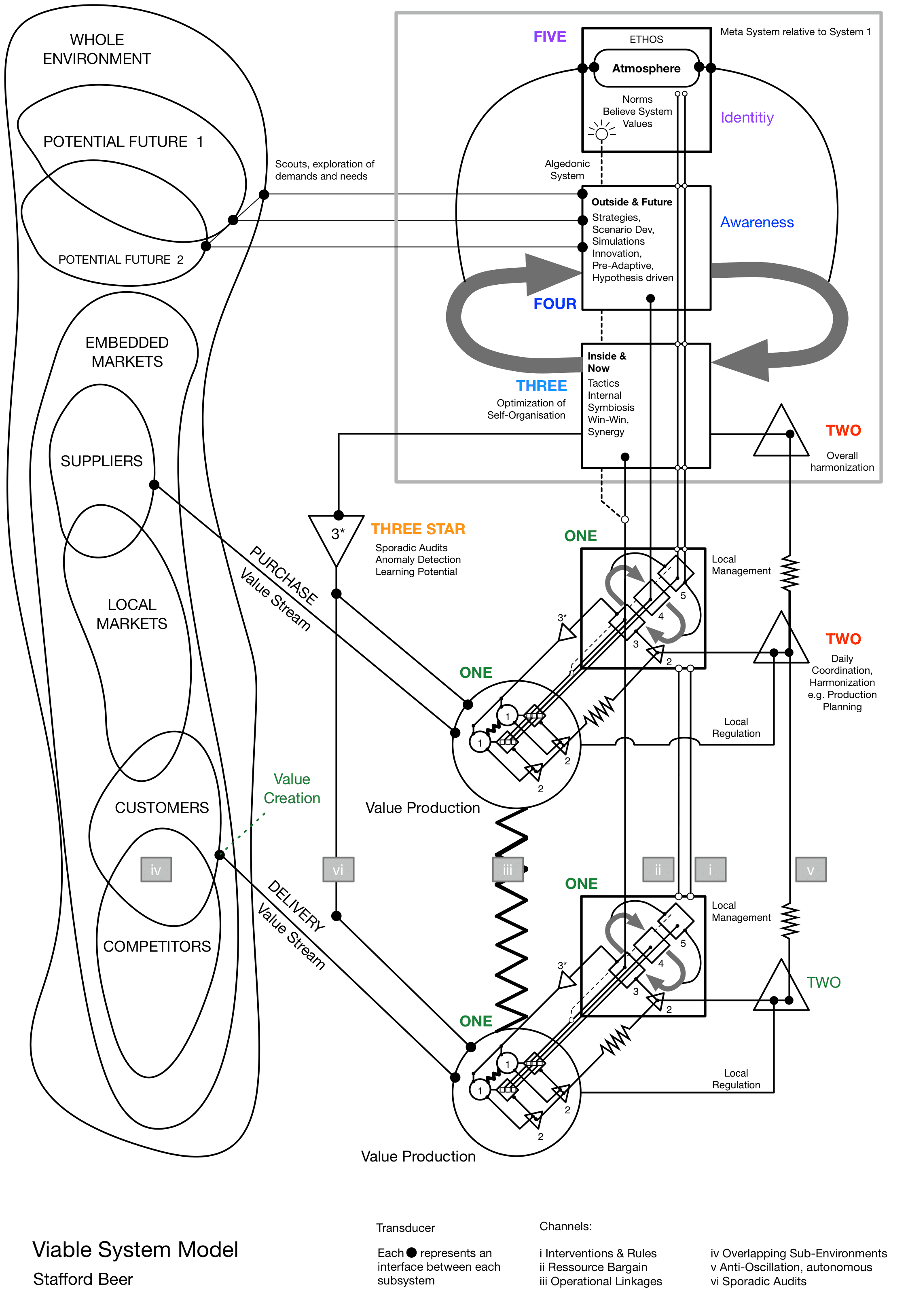TB872: Types of change
Note: this is a post reflecting on one of the modules of my MSc in Systems Thinking in Practice. You can see all of the related posts in this category.

There are many theories of change, with the guidance around this module listing some of them. I asked ChatGPT to rewrite the overview in a more straightforward way, with some examples. I’ve then gone through it and added useful links and examples from my own work:
Agile Change: the focus of agile change is about being quick to adapt and respond effectively to new situations or requirements. This approach came from the realm of software development with examples such Scrum and Kanban, which emphasise iterative development. This means that projects are completed in short phases or cycles, adapting plans continuously based on feedback and evolving needs. This method is highly collaborative, with teams being self-organising and cross-functional. For instance, I’ve worked within a couple of tech companies where sprints are the normal cadence for working on different aspects of software. The idea is to make an initial release, and then update it regularly based on user feedback and business needs (instead of waiting to perfect it before releasing).
Appreciative Change: this approach emphasises focusing on the positive aspects or strengths in a situation, rather than solely on problem-solving. It suggests that change can be more effective and enduring when it builds upon what is already functioning well. Without knowing what it’s called, our co-op has used this approach with clients, where we’ve tried to recognise and leverage existing strengths and resources, rather than immediately identifying and addressing all the problems. This has also been the approach of leaders in some tough schools I worked in at the start of my career.
Failure-Demand/Value-Demand Change: originating from service management, this rather wordy approach distinguishes between unnecessary work created by initial failures (failure-demand) and the natural need for a service (value-demand). This kind of thing is outside my experience, but ChatGPT suggested the example of a customer service centre, where a significant number of calls may be due to confusion caused by a poorly designed website (failure-demand). Redesigning the website to be more user-friendly could reduce these calls, allowing the centre to focus more on genuine customer needs (value-demand).
Viable Change: this approach focuses on maintaining the capacity to operate effectively over time. The Viable System Model (VSM), developed by Stafford Beer, is (apparently) a method used to assess and design organisational changes. It examines how various components of an organisation interact and adapt to ensure the overall system remains healthy and effective. Again, this isn’t an approach I’m familiar with, so ChatGPT gave the example of a company using VSM to reorganise its departments, ensuring each has the appropriate level of autonomy and interdependence. This helps the company adapt to environmental changes while still achieving its objectives.
The only other time I’ve seen Stafford Beer cited before starting this module is on presentation slides with his pithy quotation that “The purpose of a system is what it does.” I’m pretty sure I might have mentioned this in passing during a presentation during the pandemic to the DWP. (I was leading a project team trying help those eligible for Universal Credit navigate their labyrinthine digital systems.) 😒
I thought I’d look into VSM a bit more before starting my activity. It’s not procrastination when study-related!

This looks complicated and exactly the kind of thing I’d studiously avoid, to be honest. But part of the reason for studying these things is to force myself to get acquainted with things I’d usually gloss over.
So the VSM model suggests that an effective organization is composed of five interconnected subsystems, each with specific roles and responsibilities:
- System 1: This includes the primary activities of the organisation, essentially the day-to-day operations. Each of these activities is a viable system in itself and contributes to the organisation’s core functions.
- System 2: This subsystem is about coordination and communication. It ensures that the various primary activities (System 1) can communicate with each other effectively. System 2 also helps in organising and scheduling shared resources among these activities.
- System 3: This represents the control structures within the organisation. It establishes rules, allocates resources, defines rights and responsibilities for the primary activities (System 1), and acts as a link to Systems 4 and 5. It offers an overview of the internal processes in System 1.
- System 4: This subsystem focuses on looking outward, understanding the organisation’s environment, and recognising the need for adaptation and change. It’s about strategic responses and preparing the organisation for future challenges and opportunities.
- System 5: The highest level in the model, System 5 is concerned with policy-making and balancing the immediate operational needs of the organisation (System 1) with the strategic demands of the future (System 4). It steers the organisation by setting policies and ensuring overall viability.
In summary, then, Systems 1 to 3 deal with the organisation’s internal operations and immediate concerns, whereas System 4 addresses future challenges and external environmental factors. And then System 5 integrates these aspects to guide the organisation’s overall strategy and policy.
This makes a bit more sense now. I think I’m going to have to bear in mind that I’m much more familiar with the first two models of change in the list above (Agile Change and Appreciative Change) than I am with the last two (Failure-Demand/Value-Demand Change and Viable Change).
In my next post I’ll move onto the activity related to this bit of learning, rather than hide it away down at the bottom of this one.
Image: DALL-E 3
